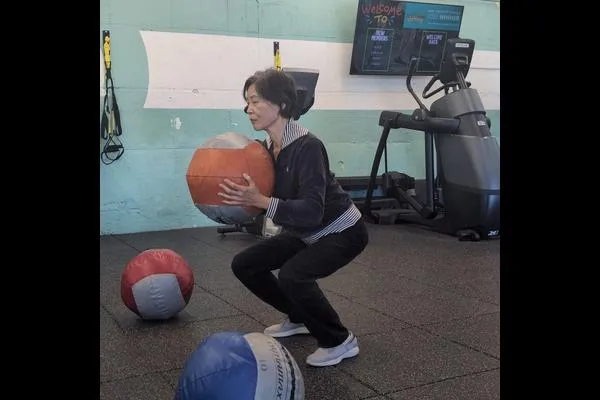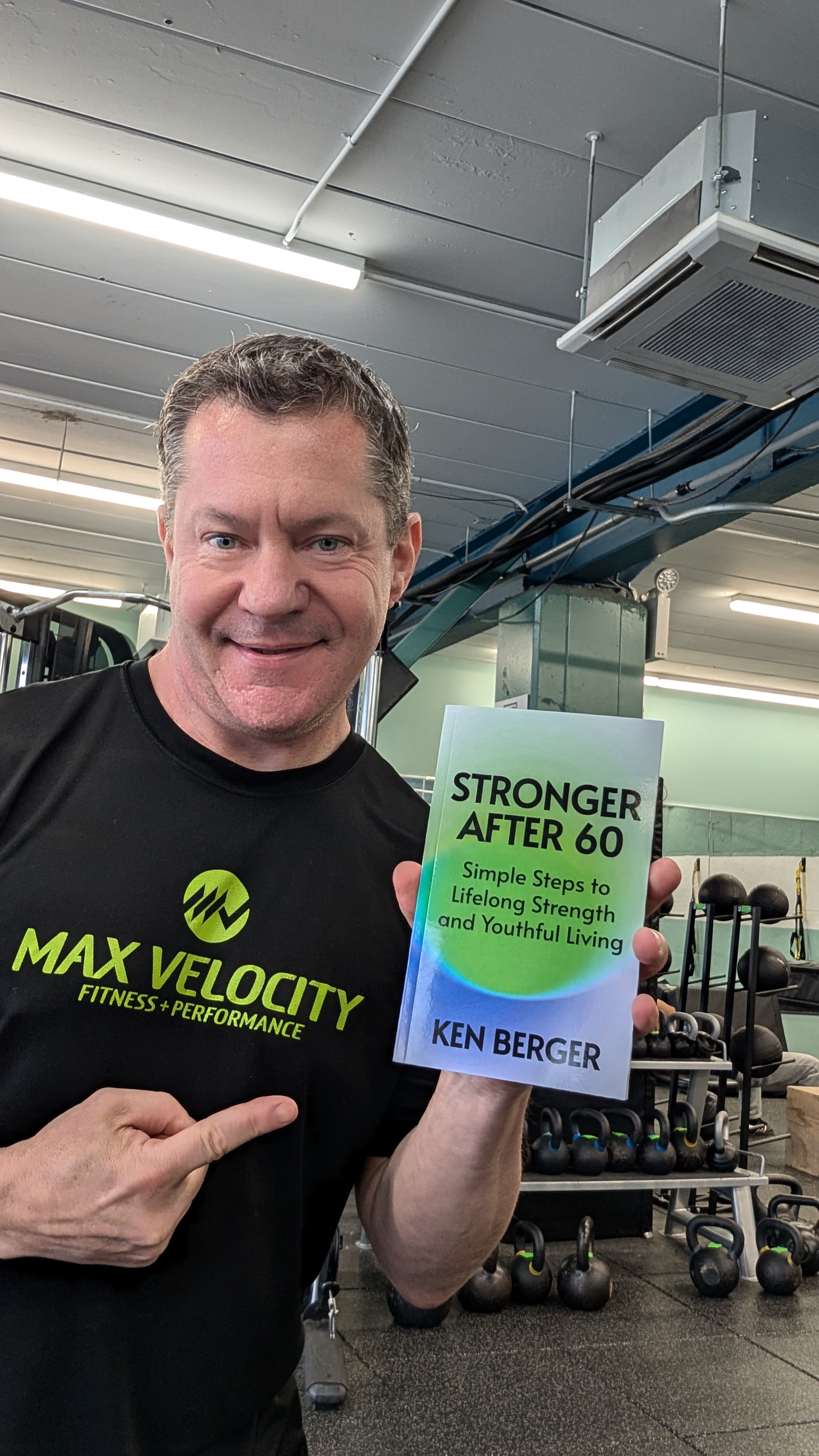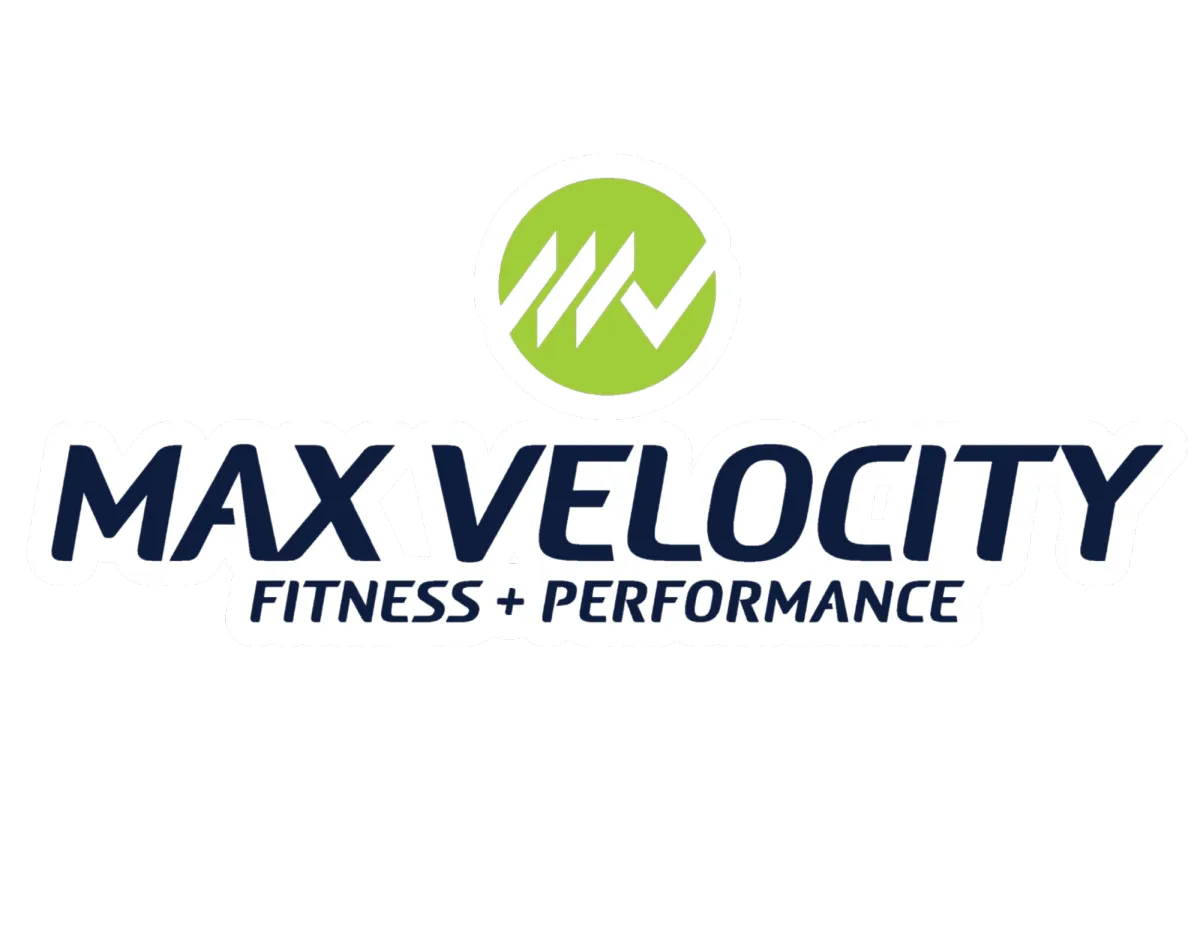

The Longevity Toolkit: Your path to a longer, healthier life
By Ken Berger
At 45, Mary felt like life was slipping through her fingers. Juggling a demanding job, family responsibilities and a growing list of health concerns, Mary often found herself exhausted, stressed and wondering if this was as good as it gets.
She'd tried fad diets, joined gyms (only to quit a month later) and even considered expensive "anti-aging" treatments. But nothing seemed to stick.

Sound familiar? You're not alone.
Many of us struggle to find a sustainable way to improve our health and extend our lives. We're bombarded with conflicting information, miracle cures and quick fixes. But what if there was a simpler, more effective approach?
Enter the Longevity Toolkit.
This isn't another passing trend or magic pill. It's a set of practical, science-backed strategies that can help you live longer and feel better. Let's break it down.
1. Exercise: Move Your Body, Extend Your Life
Exercise isn't just about looking good in a swimsuit. It's the cornerstone of longevity and health.
Dr. Peter Attia, a leading expert in longevity, emphasizes two key aspects of exercise for a longer, healthier life:
1. Strength Training: Building and maintaining muscle mass is the most important thing we can do as we age ... and it isn't even close. It helps preserve bone density, improves metabolic health and enhances overall function and the ability to have fun :-)
2. Improving VO2 Max: This measure of cardiovascular fitness is a powerful predictor of longevity. The higher your VO2 max, the lower your risk of premature death.
Here's how to incorporate these into your routine:
- Start with bodyweight exercises like squats, push-ups, and lunges
- Gradually add resistance training with weights or bands
- Begin with moderate-intensity, steady-state cardio to build a sturdy cardiovascular base
- Add high-intensity interval training (HIIT) to boost your VO2 max

Remember, you don't need to become a gym rat overnight. Start small:
- Take a brisk 10-minute walk after dinner
- Do a few bodyweight squats during TV commercials
- Try a new physical activity you enjoy
The key is consistency. Find ways to move that you actually like, and you'll be more likely to stick with it.
2. Nutrition: Fuel Your Body Right
Of all the aspects of nutrition, the simplest and easiest way to move the needle toward a longer and better quality life is to consume more protein.
Period.
When it comes to protein, here's what you need to know:
- Aim for at least 0.36 grams of protein per pound of body weight daily
- If you're over 50, you may need up to 50% more protein to maintain muscle mass
For a 150-pound person, that's about 54 grams of protein per day, or 81 grams if you're over 50.
Good protein sources include:
- Lean meats and fish
- Eggs
- Greek yogurt
- Legumes and beans
- Nuts and seeds

The easiest way to include more high-quality protein in your diet, so you can maximize muscle growth and minimize muscle loss, is to have a protein shake. Here's the protein supplement I use every day and recommend to my clients ... and this link gets you 15% off your first order!
Beyond protein, focus on:
- Eating whole, nutrient-dense foods
- Balancing your macronutrients
- Staying hydrated
Remember, small changes can make a big difference. Start by adding an extra serving of protein to your meals or swapping out sugary drinks for water.
3. Sleep: Your Nightly Fountain of Youth
In our busy lives, sleep often takes a backseat. But skimping on shut-eye can seriously impact your health and longevity.
Good sleep isn't just about quantity; quality matters too. Here's how to improve both:
- Stick to a consistent sleep schedule
- Create a relaxing bedtime routine
- Make your bedroom a sleep-friendly environment
Prioritizing sleep might feel indulgent at first. But trust us, your body (and mind) will thank you.
4. Stress Management: Calm Your Way to a Long, Healthy Life
Chronic stress wreaks havoc on your body and mind, accelerating the aging process.
But here's the good news: you have the power to manage your stress. Try these techniques:

- Practice mindfulness or meditation
- Engage in regular physical activity
- Connect with loved ones
Remember, it's not about eliminating stress entirely (that's impossible). It's about building resilience and finding healthy ways to cope.
5. Social Connections: The Hidden Key to a Long Life
Here's something that might surprise you: your social life plays a huge role in how long you'll live. Strong social connections are linked to better health outcomes and increased longevity.
But in our digital age, true connection can be challenging. Here's how to nurture your social health:
- Reach out to friends and family regularly
- Join clubs or groups aligned with your interests
- Volunteer in your community
Building and maintaining relationships takes effort, but it's worth it for your health and happiness.
Putting It All Together: Your Longevity Action Plan
Now that we've explored the components of the Longevity Toolkit, you might be wondering, "Where do I start?"
Here's a simple action plan:
1. Choose one area to focus on first. Maybe it's starting a strength training routine or increasing your protein intake.
2. Set a small, achievable goal. For example, "I'll do bodyweight exercises twice a week" or "I'll add a serving of protein to each meal."
3. Track your progress. Keep a simple journal or use an app to monitor your habits.
4. Celebrate your wins, no matter how small.
5. Gradually add more components of the Longevity Toolkit as you build confidence and see results.
Remember Mary? She started with small changes, focusing on one area at a time. She began with bodyweight exercises at home, gradually added resistance training, and adjusted her diet to include more protein. She also joined a local hiking group for additional exercise and social connection.
Six months later, Mary felt like a different person. She had more energy, slept better and even lost some weight without trying. But more importantly, she felt stronger, more resilient and excited about her future.
You can experience this transformation, too. The Longevity Toolkit isn't about drastic changes or quick fixes. It's about making small, sustainable improvements that add up to a longer, healthier life.
So, what's holding you back? Your journey to a longer, more vibrant life starts now. Pick one area of the Longevity Toolkit and take that first step today.
Remember, it's never too late to invest in your health.
Want To Learn More First? Download A FREE Copy Of My Best-Selling Book ... Stronger After 60!
My new best-selling book, Stronger After 60, is your ultimate guide to optimal health, fitness and longevity through the power of science and healthy habits.
Stronger After 60 will change the way you think about aging. This book is designed for real people who want simple solutions to maintain their strength and youthful energy while enjoying the best things in life without restriction. It’s your roadmap to longevity, wellness and enjoying your 60s and beyond like someone half your age.

And TODAY, You Can Get Your Very Own Copy of Stronger After 60 ... for FREE!
Just click the button below, fill out your info, and a copy of Stronger After 60
will be on its way to your inbox in seconds!
Don't miss out on this life-changing opportunity. Get your FREE copy of Stronger After 60 NOW.




